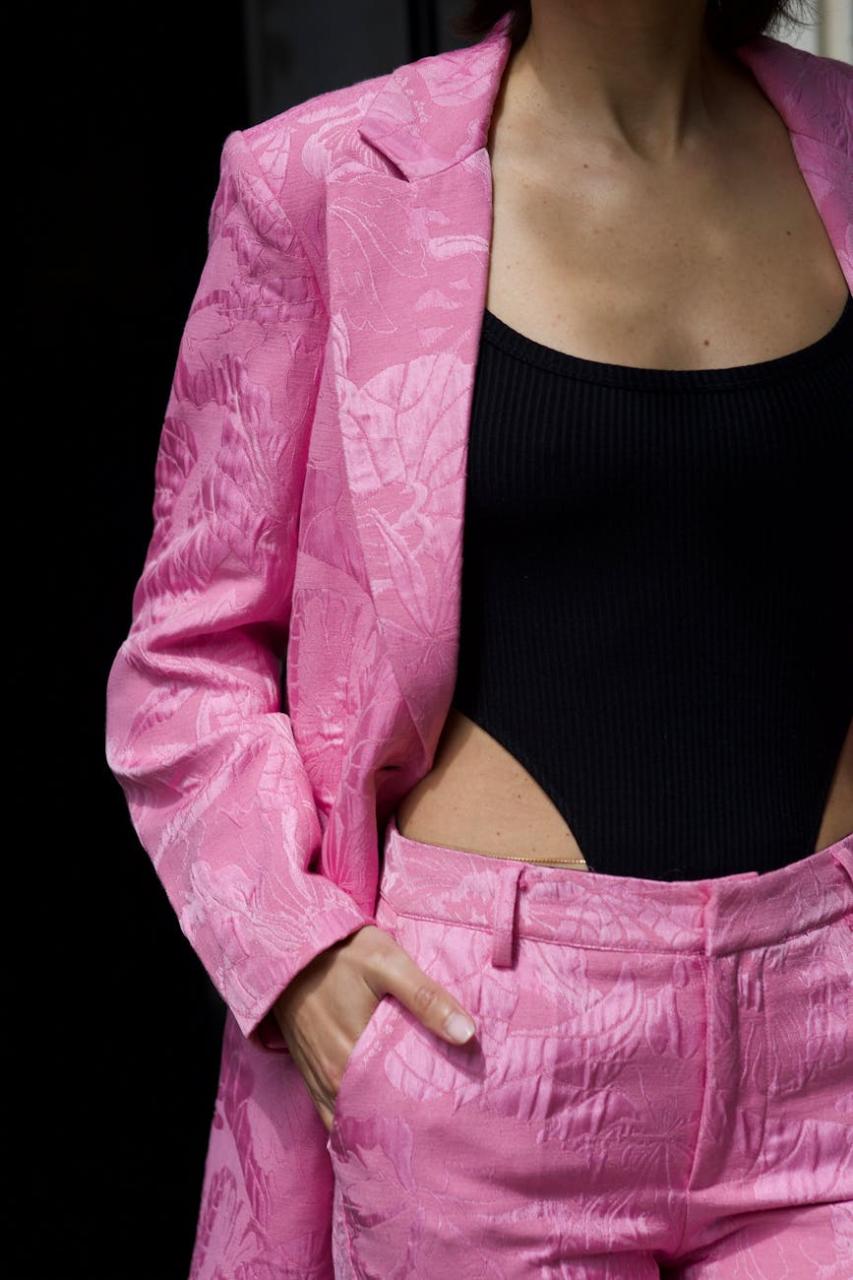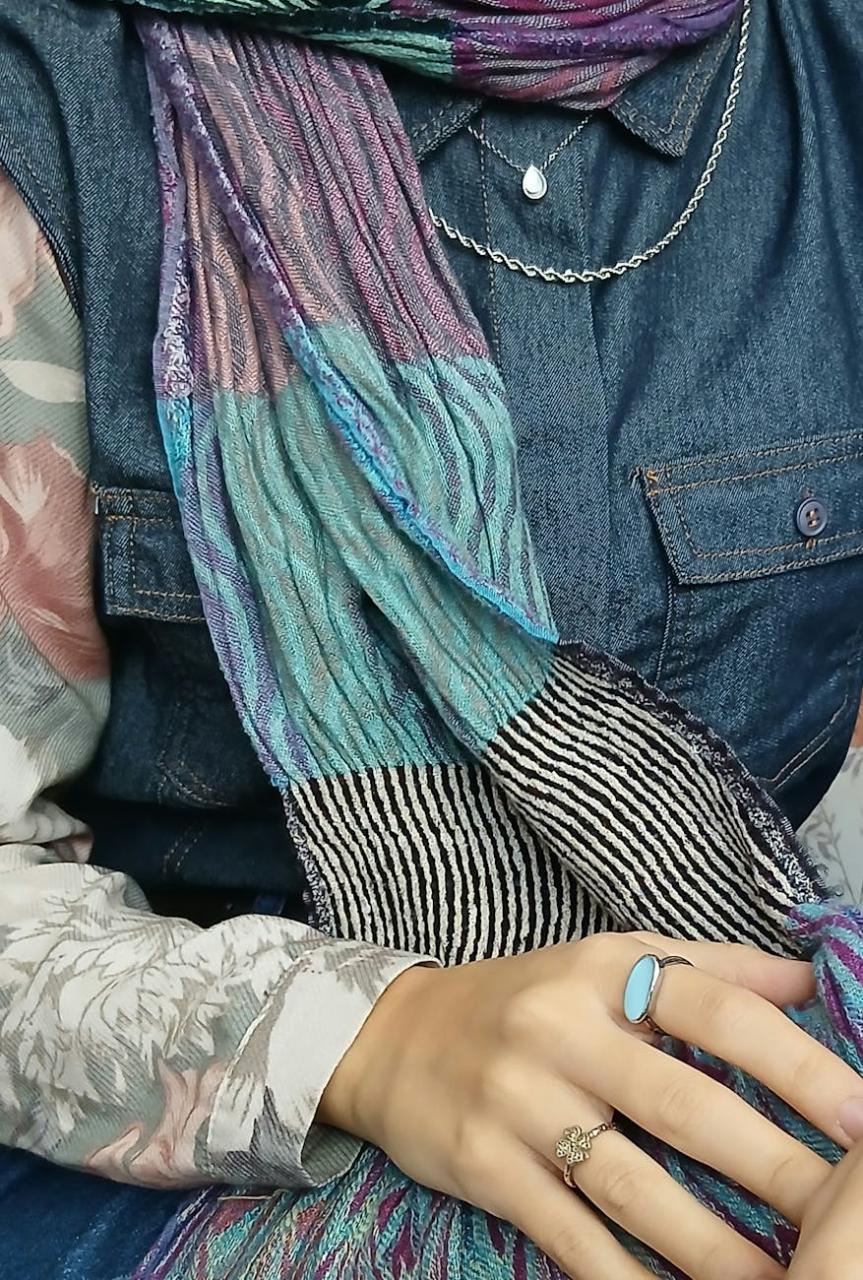More than just clothes: exploring the powerful link between fashion and your mental health

The ritual of getting dressed is more than a routine
For most of us, it’s the first decision we make every day. Standing in front of our closet, we sift through hangers, contemplate colors, and consider fabrics. It can feel like a mundane chore, a simple means to an end. But what if this daily ritual was actually one of the most powerful, yet overlooked, tools for managing our well-being? The connection between what we wear and how we feel is a deeply personal and scientifically-backed phenomenon. Fashion is not just about keeping up with trends or looking presentable; it’s a form of non-verbal communication with the world and, more importantly, with ourselves. It’s a language of self-expression, a shield of confidence, and a catalyst for joy. Here at KIQIZ, we’re obsessed with style, but we also believe that true style starts from within. So, let’s peel back the layers and explore the fascinating, intricate link between fashion and your mental health.
Dopamine dressing: can you wear your way to a better mood?
You’ve probably heard the term “dopamine dressing” buzzing around on social media, but it’s more than just a catchy hashtag. It’s a concept rooted in the simple idea that wearing certain clothes can trigger a release of dopamine, the brain’s “feel-good” neurotransmitter. This chemical messenger is associated with pleasure, motivation, and reward. Think about the feeling you get when you slip on your favorite dress, a brightly colored sweater on a gloomy day, or a pair of perfectly fitting jeans. That little jolt of happiness, that subtle boost in your step? That’s dopamine at work.

The psychology behind it is straightforward. Our brains create strong positive associations with sensory experiences. The vibrant hue of a fuchsia top might remind you of a joyful vacation, while the comforting texture of a cashmere scarf can evoke feelings of safety and calm. By intentionally choosing to wear items that we have these positive connections with, we can essentially “hack” our own mood. It’s a proactive way to invite more joy into our day. This isn’t about following a rulebook that dictates ‘yellow means happy’ and ‘blue means calm.’ It’s about cultivating a personal understanding of which colors, textures, and silhouettes genuinely make you feel good. It’s your personal prescription for a brighter day, tailored by you, for you.
The science of enclothed cognition: how your clothes change your mind
While dopamine dressing focuses on emotional response, the concept of “enclothed cognition” dives even deeper into how our clothing choices can influence our cognitive processes—how we think, feel, and act. Coined in a 2012 study, the term describes the systematic influence that clothes have on the wearer’s psychological state. The researchers found that it’s not just about the clothes themselves, but a combination of two factors: the symbolic meaning we attach to a piece of clothing and the physical act of wearing it.

The most famous experiment involved participants wearing a white coat. When told it was a doctor’s coat, they performed tasks requiring attention and care with significantly more focus and accuracy. When told it was a painter’s smock, their performance didn’t show the same improvement. The coat was identical, but its symbolic meaning changed their behavior.
Bringing enclothed cognition into your everyday life
This fascinating concept applies directly to our own wardrobes. Think about it:
- The Power Suit: There’s a reason we talk about “power dressing.” Donning a sharp, structured blazer before a big presentation doesn’t just make you look the part; the symbolic association with authority and professionalism can actually make you feel more confident, assertive, and focused.
- The Workout Gear: How many times have you felt unmotivated to exercise, only to find that simply changing into your activewear gives you the push you need to get moving? Wearing athletic clothes signals to your brain that it’s time to be active, influencing you to follow through.
- The Cozy Loungewear: Slipping into soft, comfortable loungewear at the end of a long day tells your body and mind that it’s time to rest, relax, and decompress. It’s a uniform for winding down.
By understanding this, we can use our clothes as a tool to embody the mindset we want to achieve. We can literally dress for success, dress for relaxation, or dress for creativity.
A canvas for self-expression and identity
At its core, fashion is a powerful form of self-expression. Before we ever speak a word, our clothing communicates volumes about our personality, our mood, our values, and our aspirations. For our mental health, feeling seen, understood, and authentic is crucial. Clothing provides a daily opportunity to present our true selves to the world.

This is especially important during times of transition or self-discovery. Experimenting with a new style can be a safe and exciting way to explore different facets of your identity. Cutting your hair is a big commitment, but trying on a leather jacket to see if your inner rock star feels right? That’s a low-stakes way to play with who you are and who you want to become. This journey of using style to align your outer appearance with your inner self can be incredibly affirming, boosting self-esteem and fostering a stronger sense of identity. It’s about taking control of your own narrative and wearing your story with pride.
How to build a wardrobe that supports your well-being
So, how can we translate all this theory into a practical, everyday practice? It’s about shifting your perspective from seeing your wardrobe as a collection of obligations to viewing it as a curated toolkit for self-care. Here are a few steps to create a more mindful and mentally supportive wardrobe.
1. The therapeutic closet edit
A cluttered, disorganized closet filled with clothes that don’t fit, have bad memories attached, or simply don’t make you feel good can be a source of daily stress and decision fatigue. Editing your wardrobe is an act of self-care. Go through each item and ask yourself: “How does this make me feel?” Not just “Does it fit?” or “Was it expensive?” If an item consistently makes you feel insecure, uncomfortable, or reminds you of a time you’d rather forget, it might be time to let it go. The goal is to create a space where every single option is one that makes you feel positive.
2. Identify your ‘feel-good’ uniform
Pay close attention to what you wear on days you feel your best. Is it a specific color? A certain silhouette? A particular fabric? Take note of these pieces. These are your personal mood-boosters. Once you identify them, you can be more intentional about wearing them on days you need a little extra support. You can also look for similar items when you’re shopping, building a wardrobe that is foundationally designed to make you happy.
3. Dress for the mood you want, not the mood you have
This is where fashion becomes a proactive tool. When you’re feeling low, the instinct might be to reach for drab, shapeless clothing. But this can often reinforce those negative feelings. Try challenging that instinct. If you’re feeling sluggish and uninspired, try wearing something bright and energetic. If you’re feeling anxious, opt for something soft, structured, and comforting that makes you feel secure. It’s the sartorial equivalent of “fake it ‘til you make it,” and it can be surprisingly effective.
4. Never underestimate the power of comfort
Mental and physical well-being are inextricably linked. It’s hard to feel calm and confident when you’re physically uncomfortable. Clothes that are too tight, fabrics that are scratchy, or shoes that pinch can create a low-level, persistent hum of physical stress that directly impacts your mood. Prioritizing comfort doesn’t mean sacrificing style. With today’s fabrics and designs, you can easily find pieces that are both chic and feel incredible to wear. True style is feeling at ease in your own skin—and in your own clothes.
It’s not just a dress, it’s a feeling
Our relationship with our clothes is one of the most consistent in our lives. By bringing more awareness and intention to this daily interaction, we can unlock its incredible potential to support our mental health. Your wardrobe can be more than just a collection of fabric; it can be a source of joy, a shield of confidence, and a reflection of your authentic self. The next time you open your closet, take a moment. Don’t just ask, “What should I wear?” Ask yourself, “How do I want to feel today?” The answer might just be hanging right in front of you.




